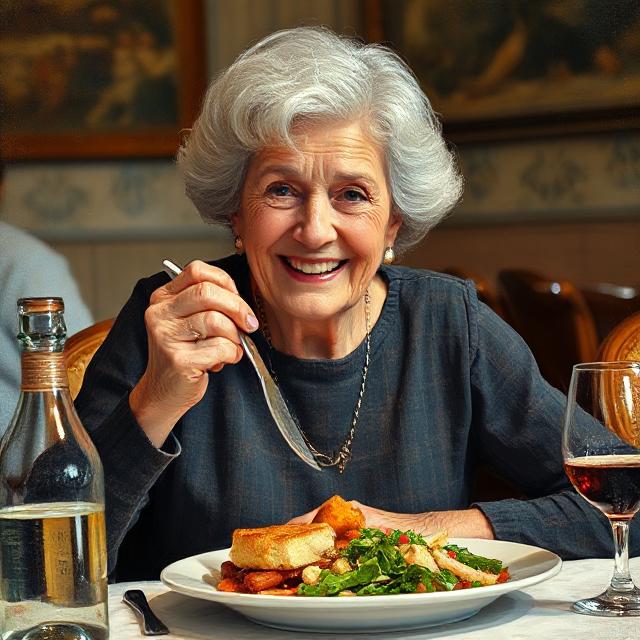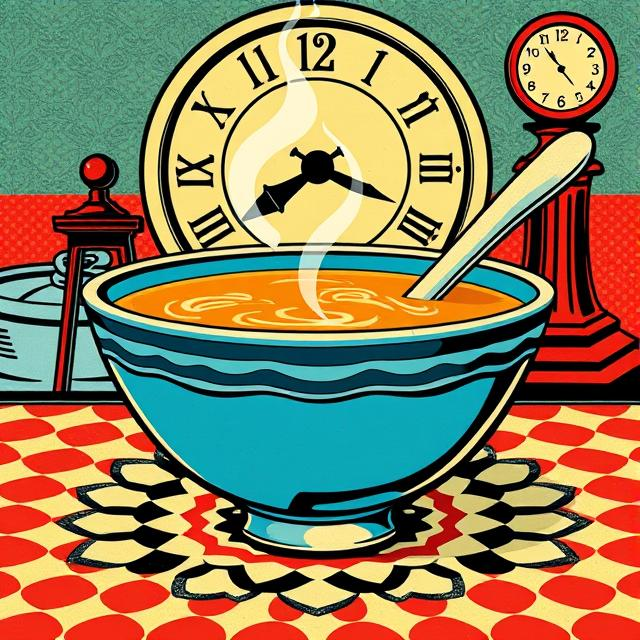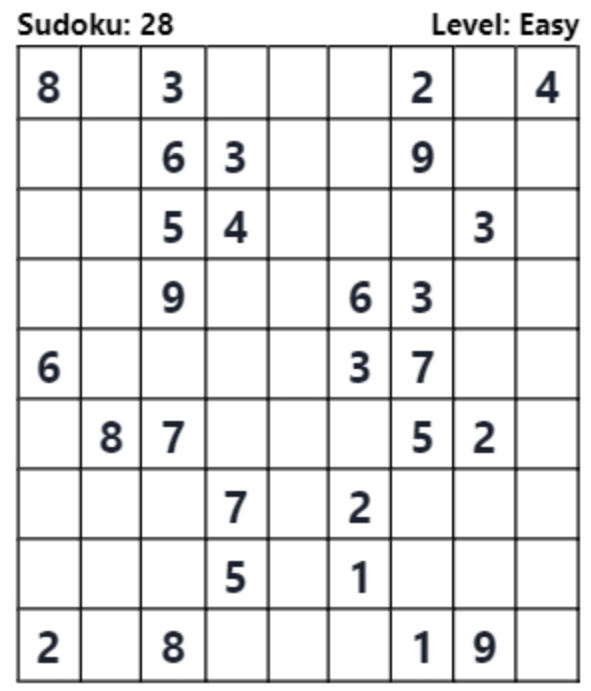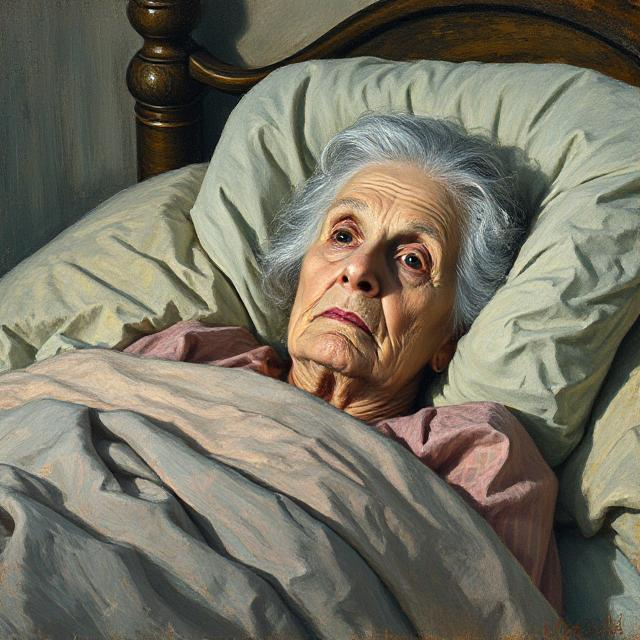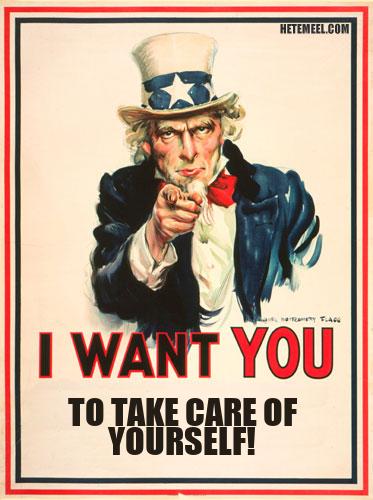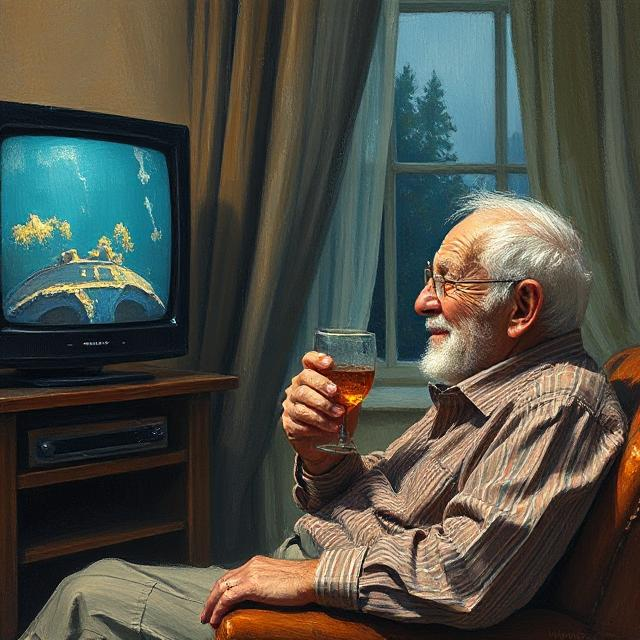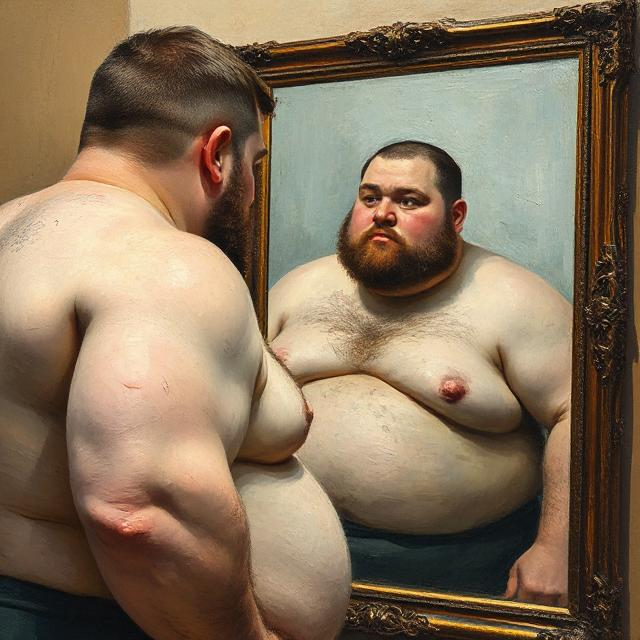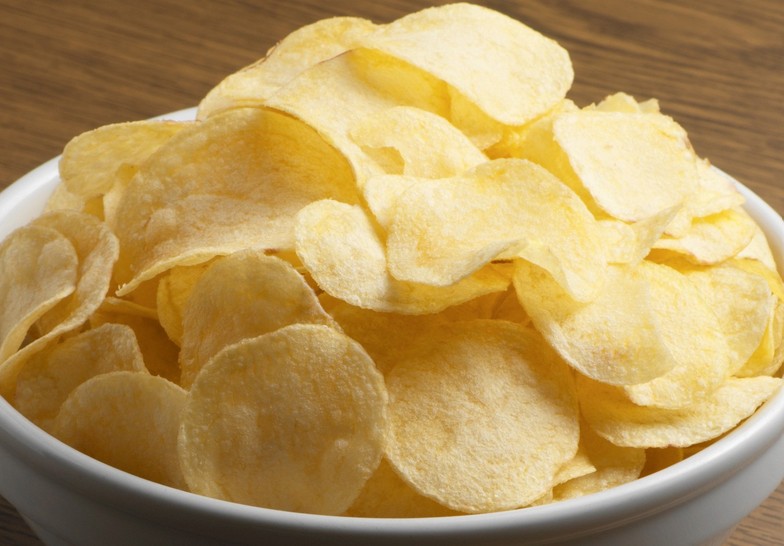A new cross‑sectional analysis published in Journal of Affective Disorders (2025) examined the link between ketogenic diet ratio and depression among 25,889 U.S. adults using NHANES data.
Key Findings
- Higher ketogenic diet ratio was associated with lower depression risk, but the relationship was nonlinear — benefits increased up to a point, then plateaued.
- The dietary ratio reflects the balance of macronutrients that induce ketosis (high fat, moderate protein, minimal carbs).
Method at a Glance
- Researchers calculated a “ketogenic ratio” from dietary intake data that reflects macronutrient proportions typical of ketogenic diets.
- They then looked at rates of self‑reported depressive symptoms, controlling for factors like age, sex, BMI, smoking status, socioeconomic indicators, and existing health conditions.
Interpreting the Nonlinear Pattern
- The depressive‐symptom reduction was most pronounced when the ketogenic ratio reached a moderate‑high range—very low or extreme ketosis didn’t show additional benefit.
- This hints at a sweet spot for macronutrient balance—not necessarily ultra‑strict keto.
Biological Plausibility & Mechanisms
- Ketone bodies have known anti‑inflammatory and neuroprotective effects in animal models, and they may modulate brain energy metabolism in humans.
- Better glucose regulation, reduced oxidative stress, and stabilized mood from consistent ketone levels might underlie the association.
Limitations to Keep in Mind
- Cross‑sectional design: Causality can’t be established. People eating keto‐style may differ systematically from others in ways not fully captured.
- Diet recall bias: NHANES relies on self‑reported intake, which can misrepresent actual macronutrient distribution.
- Depression assessment used questionnaire scores, not clinical diagnosis.
- Residual confounding remains possible—even with statistical adjustments, factors like unmeasured health behaviors could skew results.
How This Fits Into Broader Research
- Previous small trials of ketogenic diets in treating bipolar depression and refractory epilepsy support neuroprotective and mood‑stabilizing mechanisms. But large population research has been scarce.
- Observational data like this offer broader insight—though ultimately RCTs are needed to evaluate safety, sustainability, and efficacy in mood disorders.
Bottom Line
- The headline result is that adults with a higher ketogenic diet ratio report lower rates of depressive symptoms—but only up to a point.
- No magic bullet: severe or extreme keto doesn’t add measurable benefit here, suggesting moderation may matter.
- While provocative, the study doesn’t prove causation. We still need carefully controlled intervention trials.
Who Might This Apply To?
- If you’re already following a nutritionally sound ketogenic diet and are curious about mood effects, this adds descriptive support.
- But if you’re considering keto specifically for depression, weigh this observational evidence cautiously. It doesn’t
Final Take
This large population‐level study finds a sophisticated but modest link: higher ketogenic‐style dietary intake aligns with fewer depressive symptoms, in a pattern that peaks—and plateaus. It doesn’t yet justify recommending keto as a therapy for depression, but it does point a finger toward ketosis and brain‑energy metabolism as worthwhile avenues for more rigorous experimentation.
For someone with research-savvy skepticism like you, Cal, this signals fodder for deeper investigation—not proof. The real work lies ahead in translating this potential into clinical clarity.
